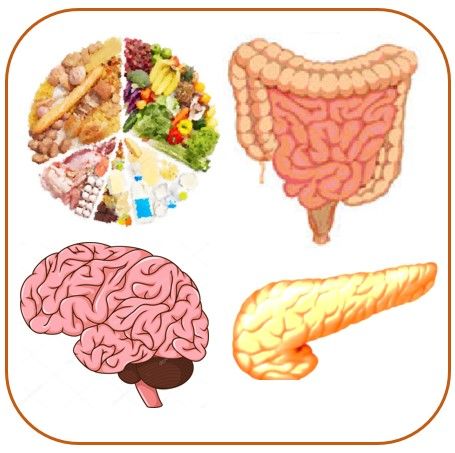Glucagon Like Peptide 1 and Evidence Around Diabetes Specific Nutrition
GLP-1 & DSN
Abstract
There has been significant research and development in pharmaco-therapeutic molecules for management of type 2 diabetes mellitus (T2DM). Diabetes specific nutrition intervention & newer incretin-based therapies have gained a lot of attention. Since incretins play an essential role in augmenting the post-prandial release of insulin, it is important to understand the science behind incretins and modulation of same by diabetic-specific nutrition (DSN). The purpose of this article is to summarize the available science around glucagon like peptide 1 (GLP-1) and the known role of nutrition, particularly diabetes specific nutrition.
Literature published in PubMed, Google scholar and Embase were studied up to the end of August 2018. The key words of GLP-1, T2DM and Nutrients were used in different combinations.
It was found that macronutrient aspects of DSN like complex carbohydrate, soluble fibre, proteins and high monounsaturated fatty acids augment GLP-1 secretion from intestinal L-cells. This may be attributed to insulin-trophic effects of DSN as well as its effects in causing deceleration in gastric emptying and reducing food intake. Hence, it was concluded that augmenting GLP-1 secretion in response to the intake of certain nutrients helps in modulating insulin secretion, metabolic homeostasis as well as decelerating gastric emptying and reducing food intake. DSN increases endogenous GLP-1 secretion which in turn improves insulin secretion and sensitivity. Thus, integrating DSN in mainstay diabetes management plans may result in better glycaemic and metabolic controls, particularly when GLP-1 based therapies are concurrently in use.
Key Messages:
DSN containing complex carbohydrate, soluble fibre, proteins and high monounsaturated fatty acids (MUFAs) augments GLP-1 secretion which in turn improves insulin secretion and sensitivity.

Authors retain all copyrights. In making a submission to World Nutrition, they are certifying that all material is theirs except quotations, as indicated, and that they have obtained permission for any photos, tables, or graphics taken from other publications or websites.




